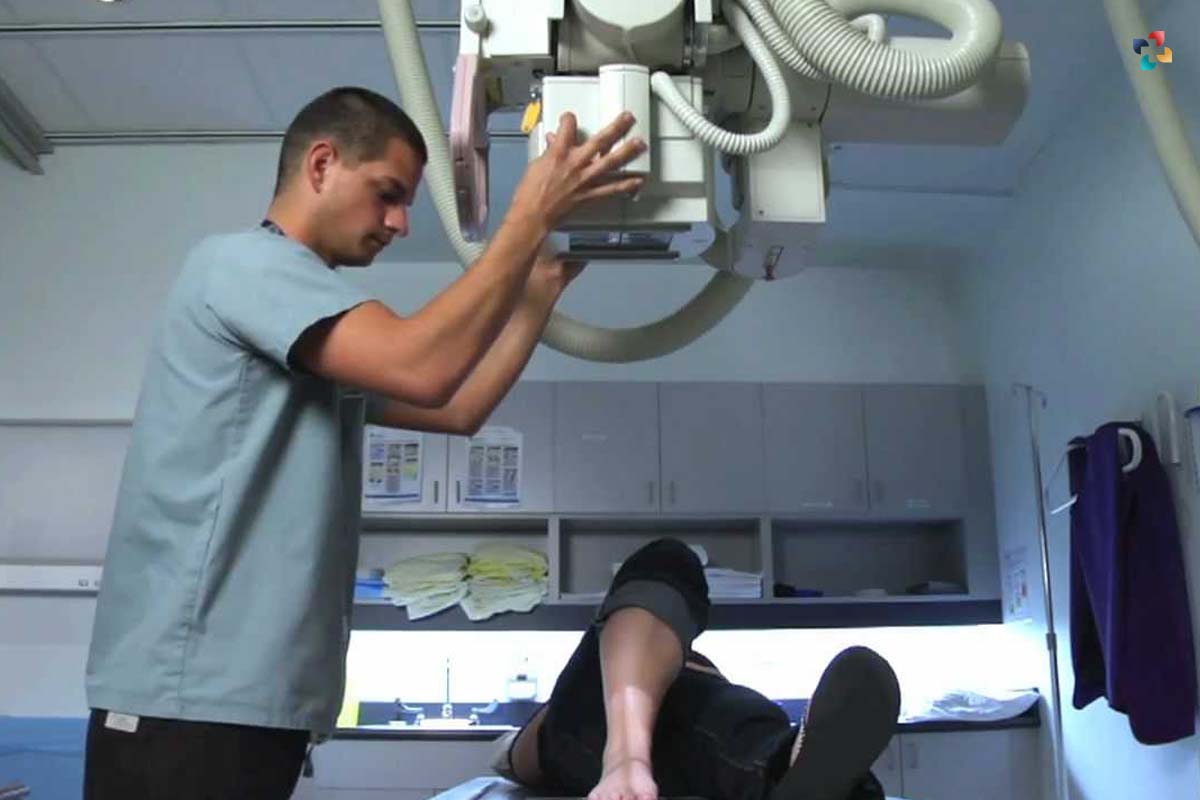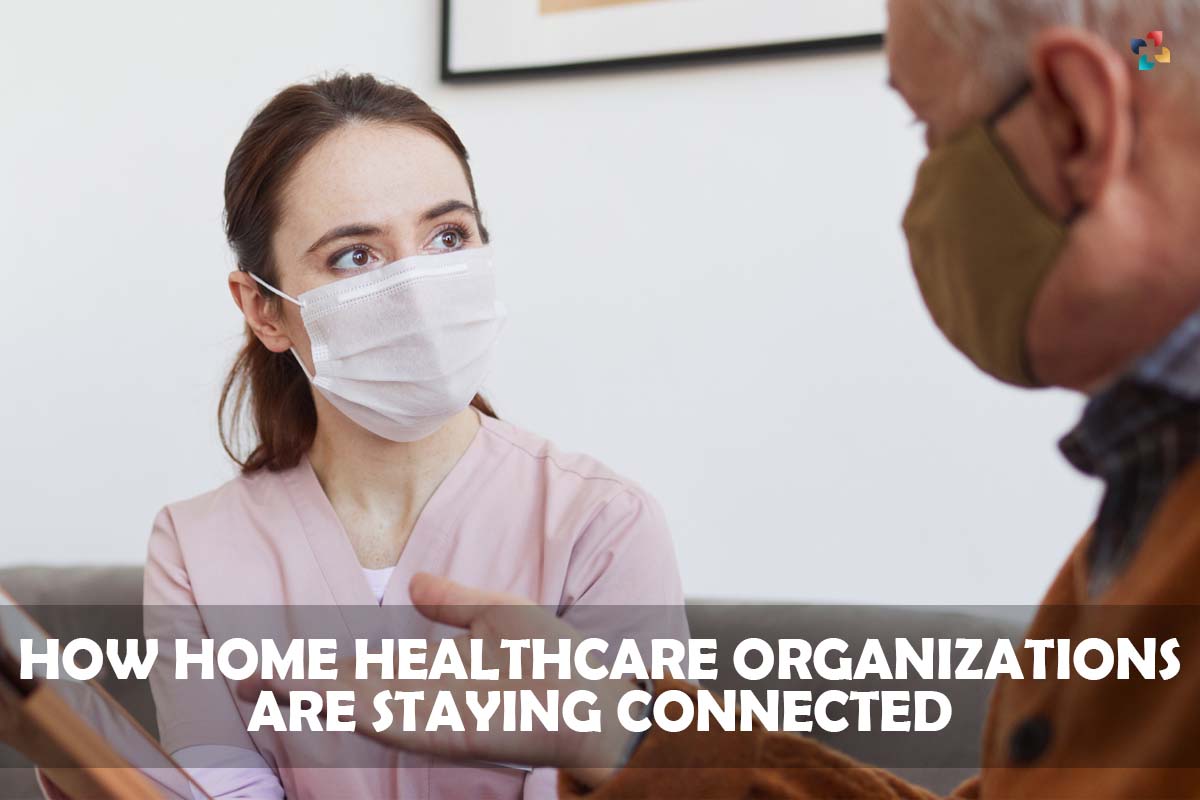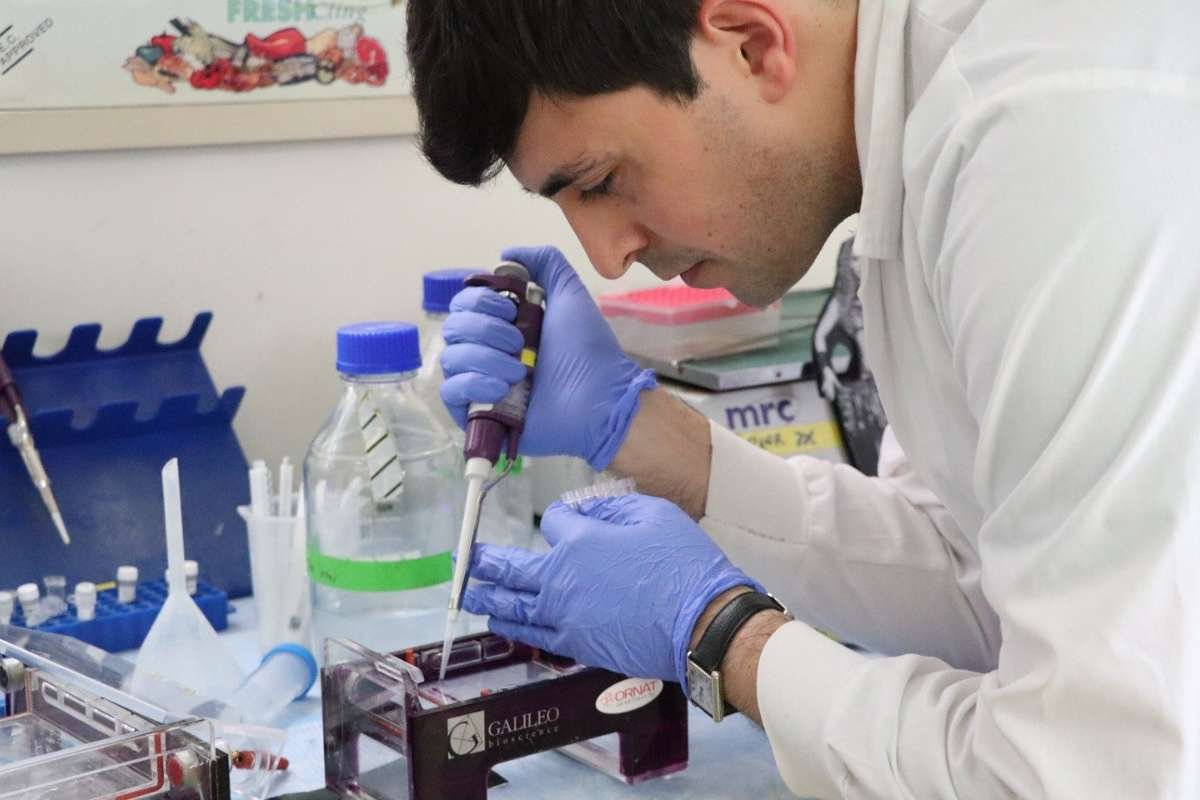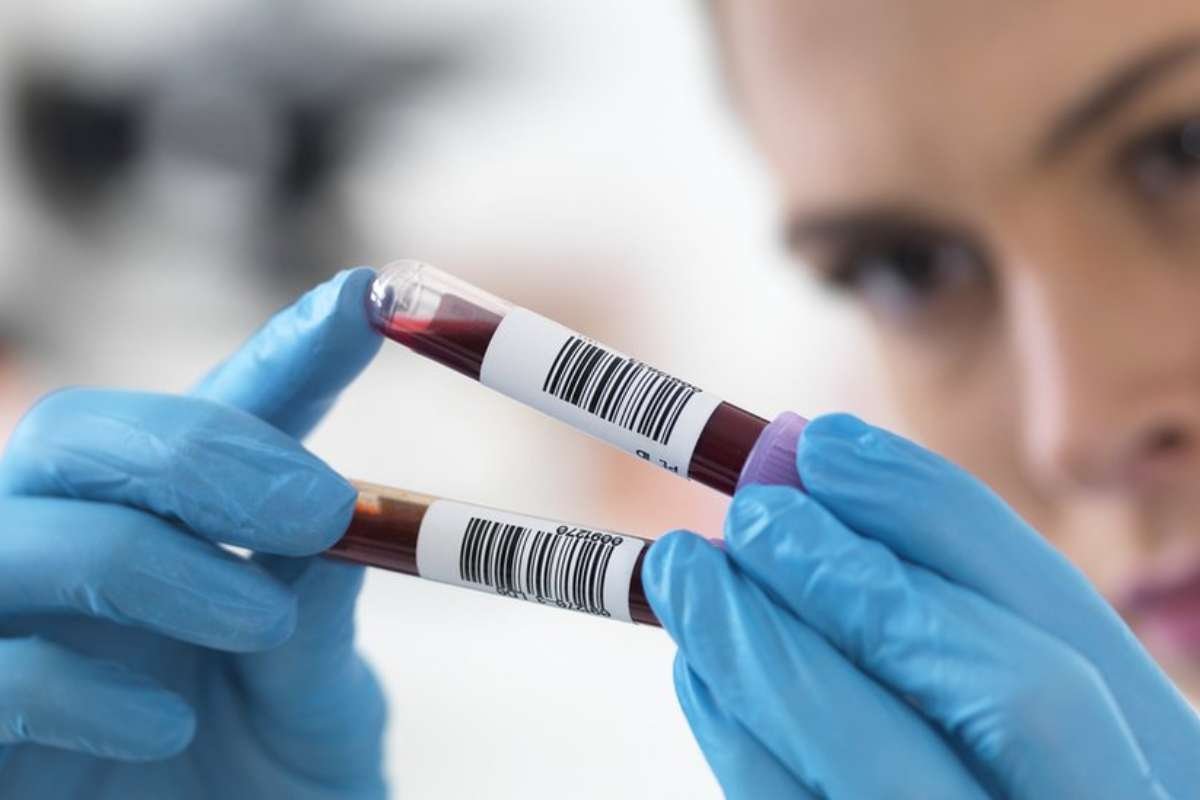Mobility is not a foreign concept to those who offer Home Healthcare Organizations. Their methods are being taken to the next level through the use of cloud-based solutions and digital patient access. The majority of seniors have the desire to spend their golden years either at home or within their existing community.
According to a poll conducted by the AARP in 2021, over 77 percent of persons aged 50 or older said that they would want to continue living in their existing house. And the goal of being able to age in place is far closer than you would think because of the assistance that Home Healthcare Organizations are finding via digital transformation.
According to industry expert Keith Crownover, associate partner at Stoneridge Partners, new technologies are helping make home care even more efficient for workers and beneficial for the well-being of patients.
CAH has been somewhat digitally mature for several decades now, but new technologies are helping make home care even more efficient for workers. According to Crownover, “what people don’t know is that from the middle of the 1990s, the home care sector has been mechanized to a high degree to a significant degree.”
Here is How Home Healthcare Organizations Are Staying Connected;
1. Mobile Solutions in Home Healthcare Organizations
The argument in favor of mobile healthcare is persuasive. The findings of this research provide credence to the acceptance of mobile care for the vulnerable as well as the cost savings connected with it. A comprehensive analysis of mobile health clinics reveals the benefit and cost savings associated with making medical treatment easily available to underprivileged populations.

[Citation needed] [Citation needed] Access obstacles are removed for many patients with lower incomes when mobile treatment is provided because of its increased convenience and simplified logistics. In addition, studies have shown that mobile healthcare may enhance patients’ health outcomes, cut down on unneeded visits to emergency rooms, and build trust between individuals and the healthcare system.
2. Meal Services
Cooking is one of the most difficult aspects of the Activities of Daily Living that people have to deal with (ADLs). It may be difficult for many elderly people and people with disabilities to plan, prepare, or remember to eat the nourishing meals that are necessary for them to remain healthy and independent.
Bluebird Home Healthcare Organizations is aware of this challenge, and as a result, we are able to provide assistance in ensuring that your loved one receives the balanced and reliable diet that they are entitled to.
In addition to providing your elderly loved one with the company, the caregivers from our in-home health care services may watch out for them in the kitchen to make sure they don’t harm themselves and remind them to eat at the appropriate times throughout the day.
3. Safe & Accessible Transportation Solutions
The ability to handle one’s own transportation is one of the most important aspects of retaining one’s independence; nonetheless, a significant number of elderly and handicapped persons have reached a point in their lives when doing so is difficult or perhaps impossible.
If you are unable to accompany or transport your elderly loved one on outings such as visits to the grocery store, doctor’s appointments, and other such activities, you will likely need the assistance of a third party.

Your senior caregiver will ensure that your loved one arrives at their destinations in a timely and risk-free manner by using the appropriate solutions that may be implemented at home. Bluebird Healthcare is able to assist you or a loved one who is having difficulty driving or finding their own mode of transportation if they need assistance.
4. Physical, occupational, and/or speech therapy
After suffering an illness or accident, some people may need assistance in relearning how to perform their everyday responsibilities or improving their voices. A plan of treatment that is geared toward assisting a patient in regaining or improving their use of their muscles and joints may be developed by a physical therapist.
Patients suffering from physical, developmental, social, or emotional problems might benefit from the assistance of an occupational therapist in relearning how to carry out everyday activities such as eating, bathing, dressing, and other activities. Patients with speech disorders may sometimes recover their capacity to speak coherently with the assistance of speech therapists.
5. Volunteer care
The patient may get basic comfort from volunteers from community groups in the form of companionship, assistance with personal care, transportation, emotional support, and/or assistance with paperwork. These services may be provided in a variety of ways by Home Healthcare Organizations.
6. Nutritional support
It is possible for dietitians to visit patients in their homes in order to do nutritional evaluations and provide counseling as part of the treatment plan.
7. Laboratory and X-ray imaging

There are several Home Healthcare Organizations’ that use laboratory procedures that may be carried out on patients at the convenience of their own homes, such as blood and urine testing. In addition, the availability of portable X-ray devices makes it possible for laboratory personnel to provide this service from their own homes.
To Know More About Home Healthcare Must Visit: Mobile Solutions in Home Healthcare









